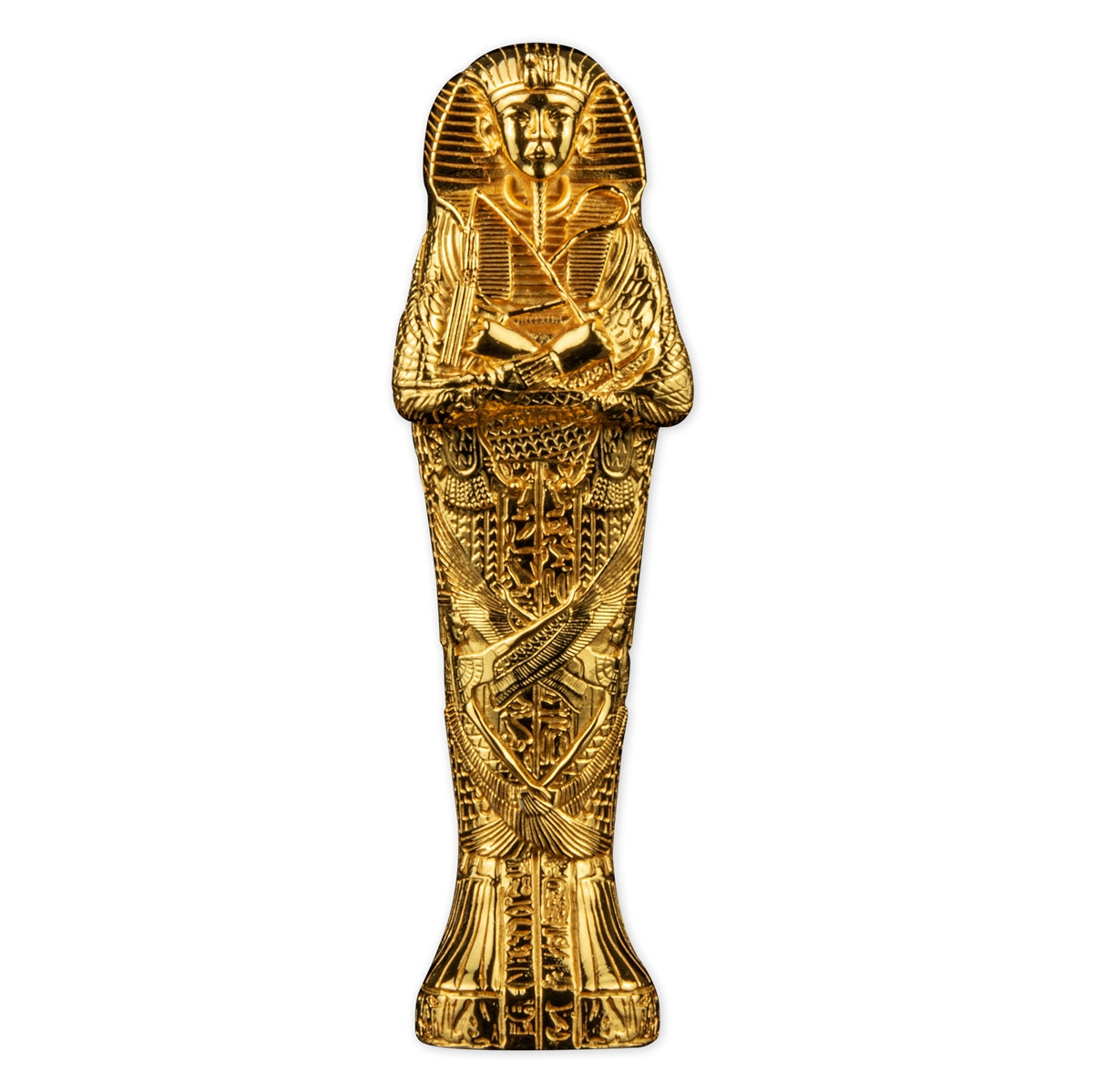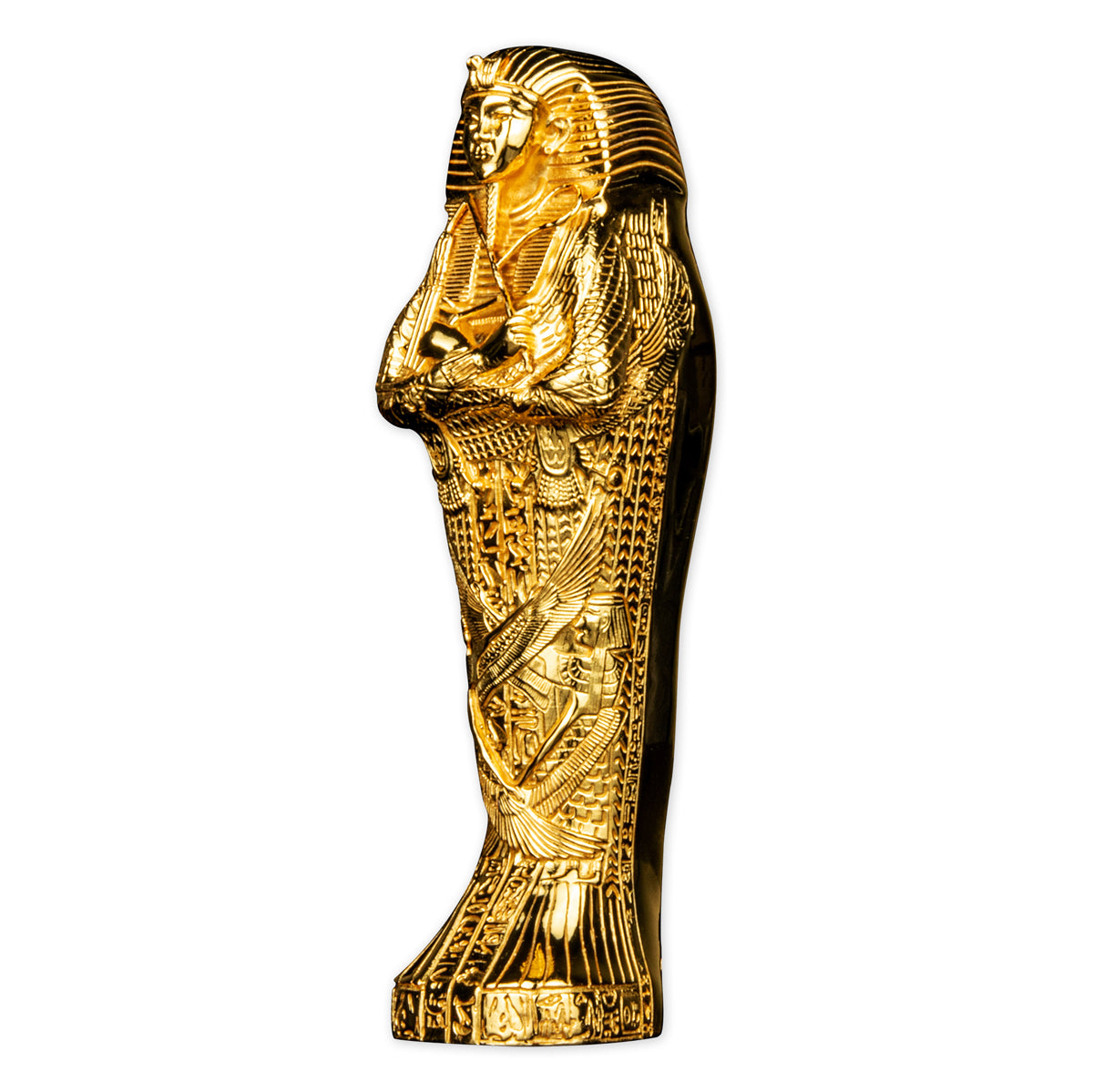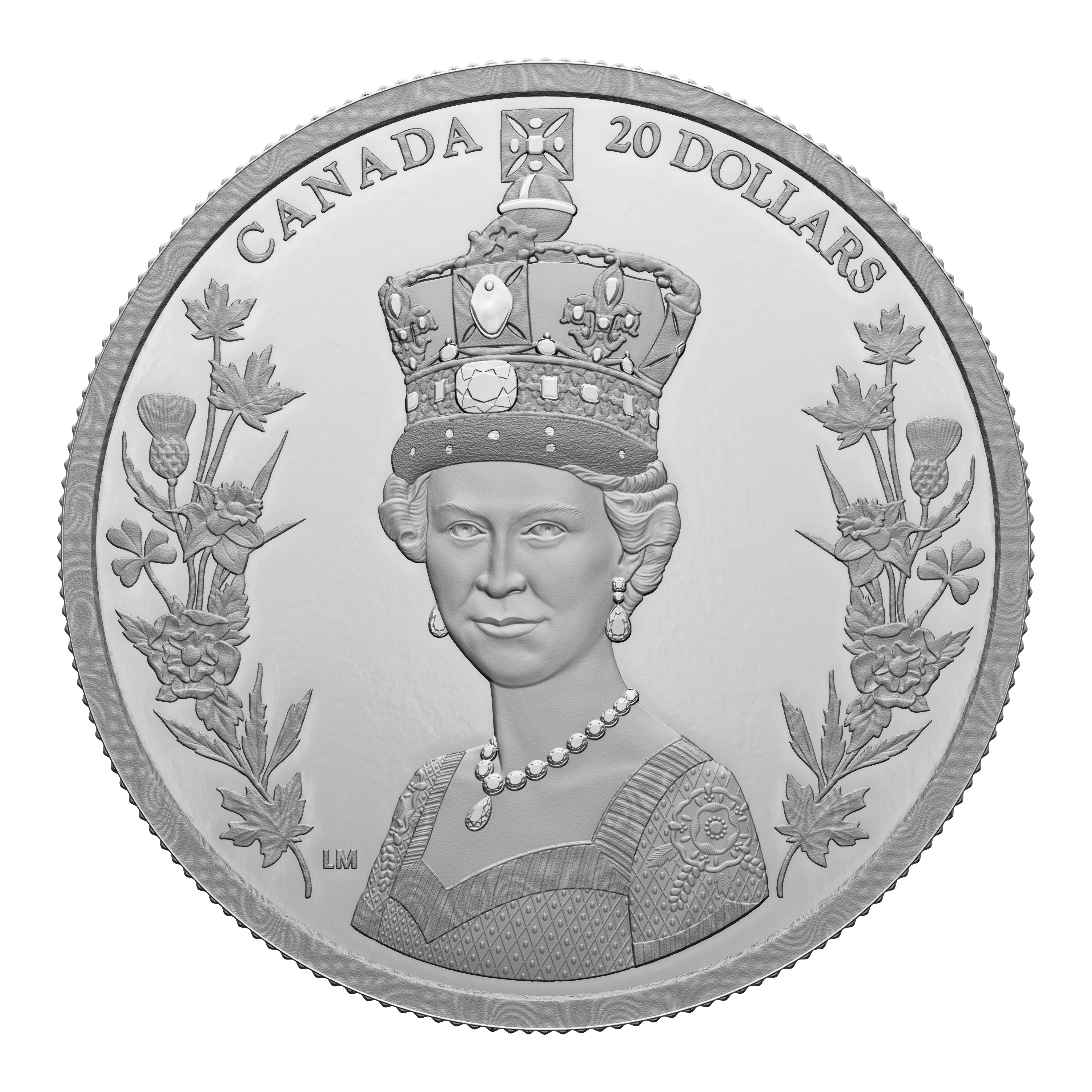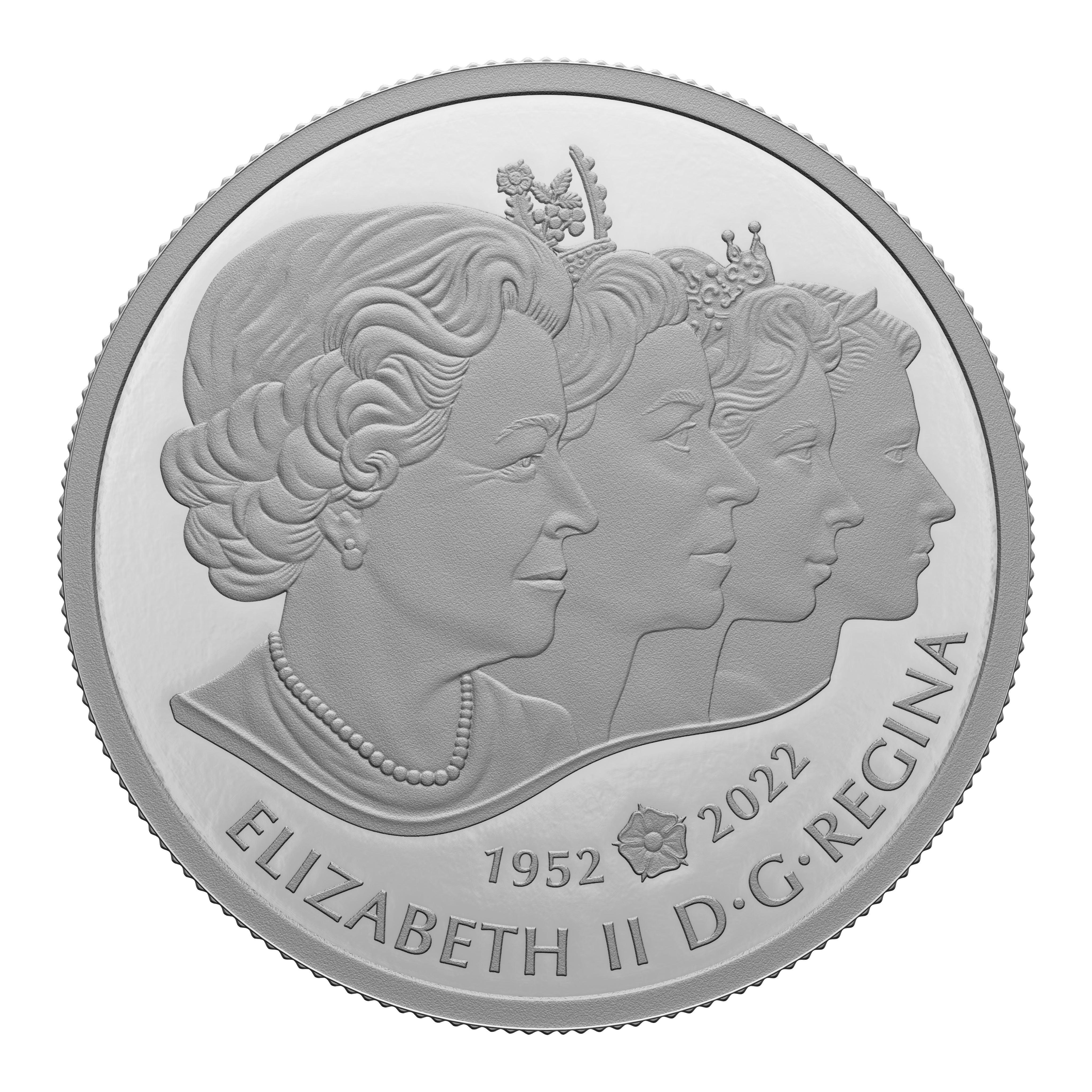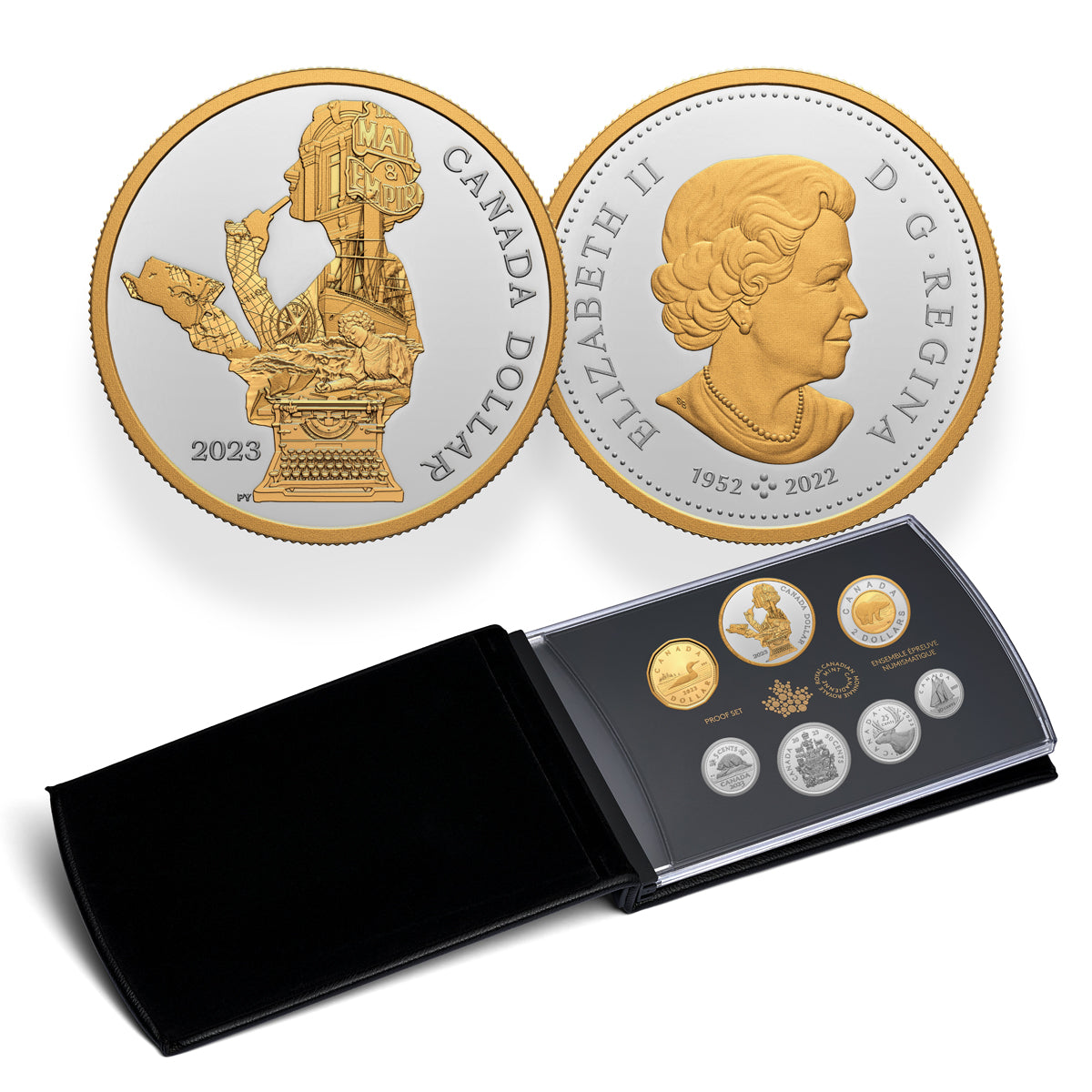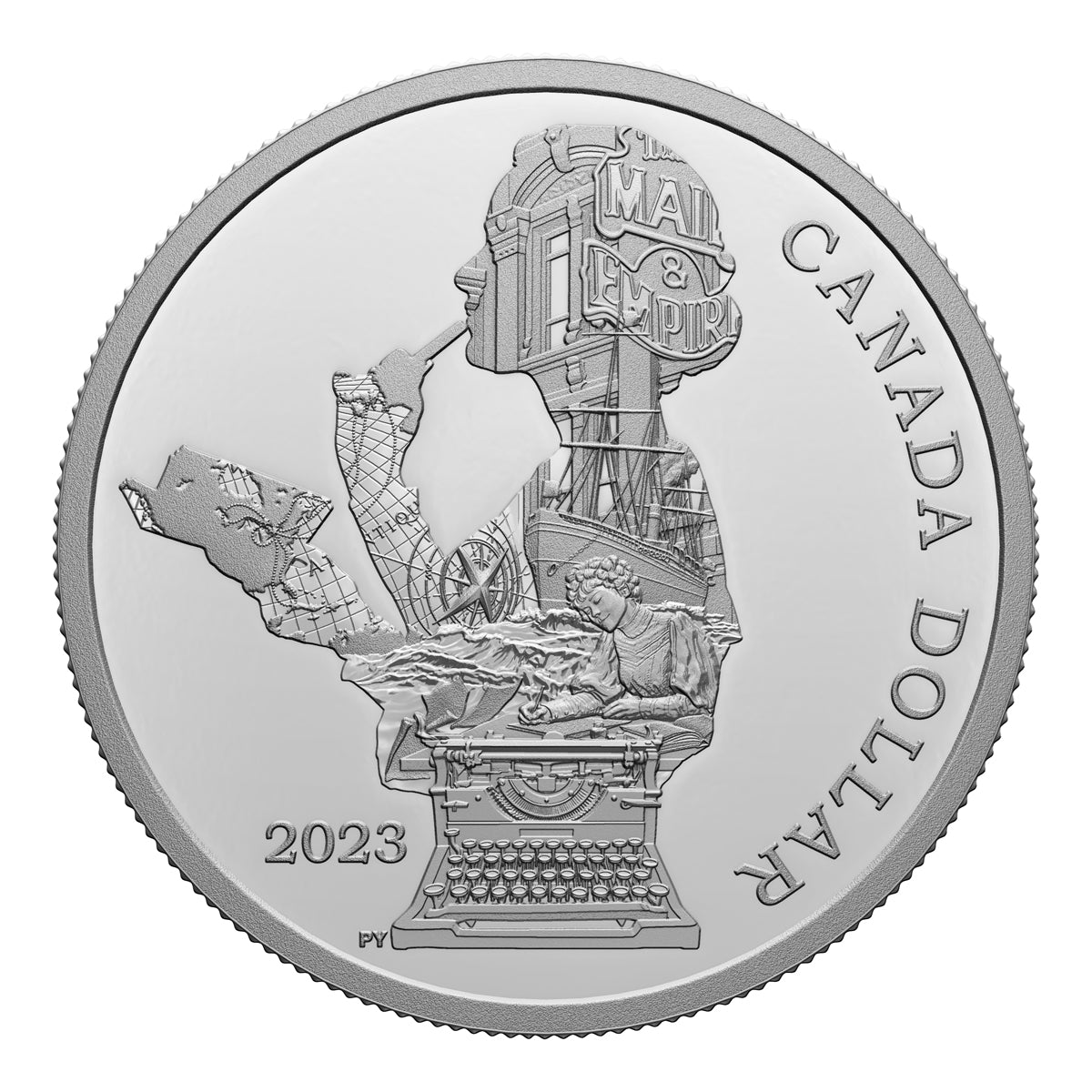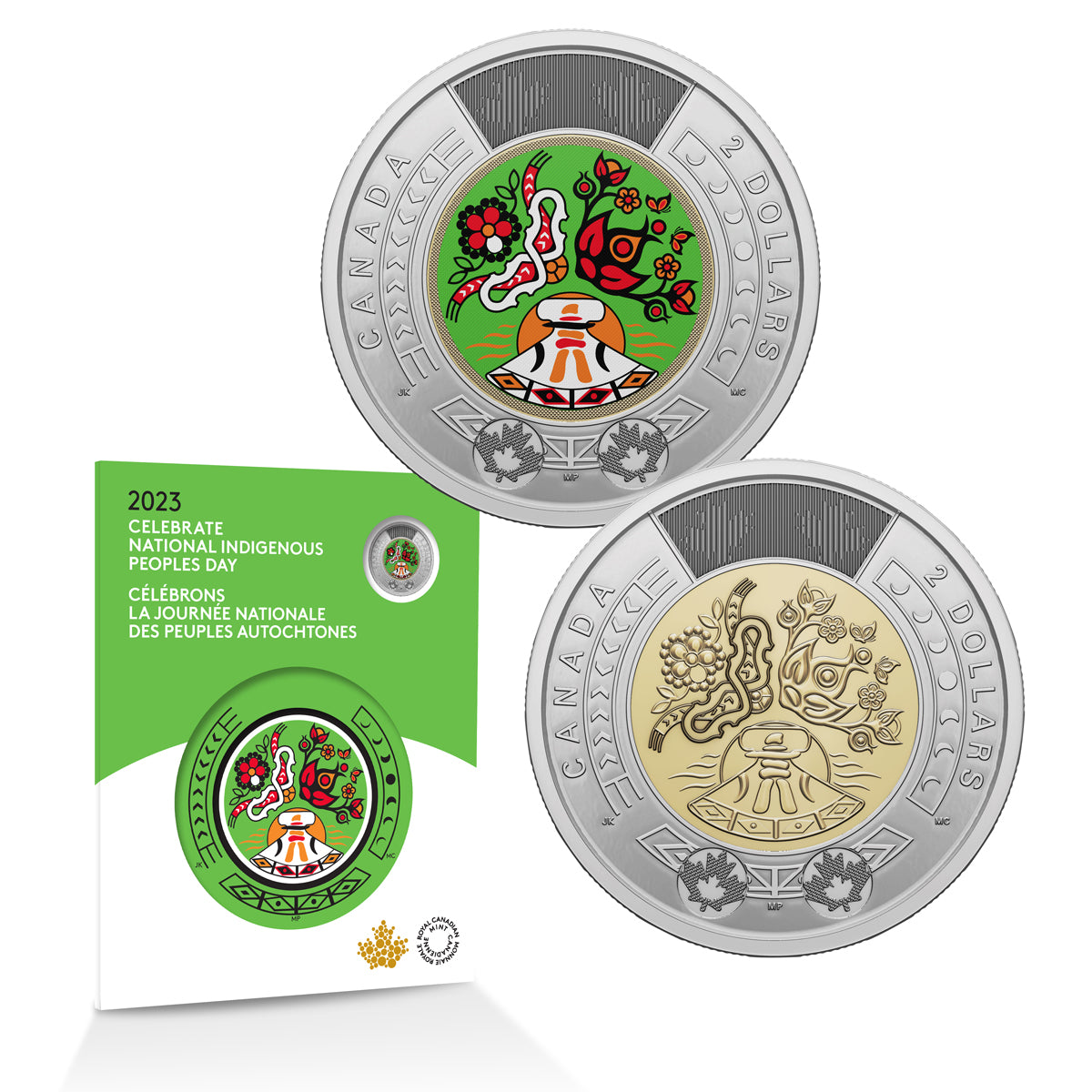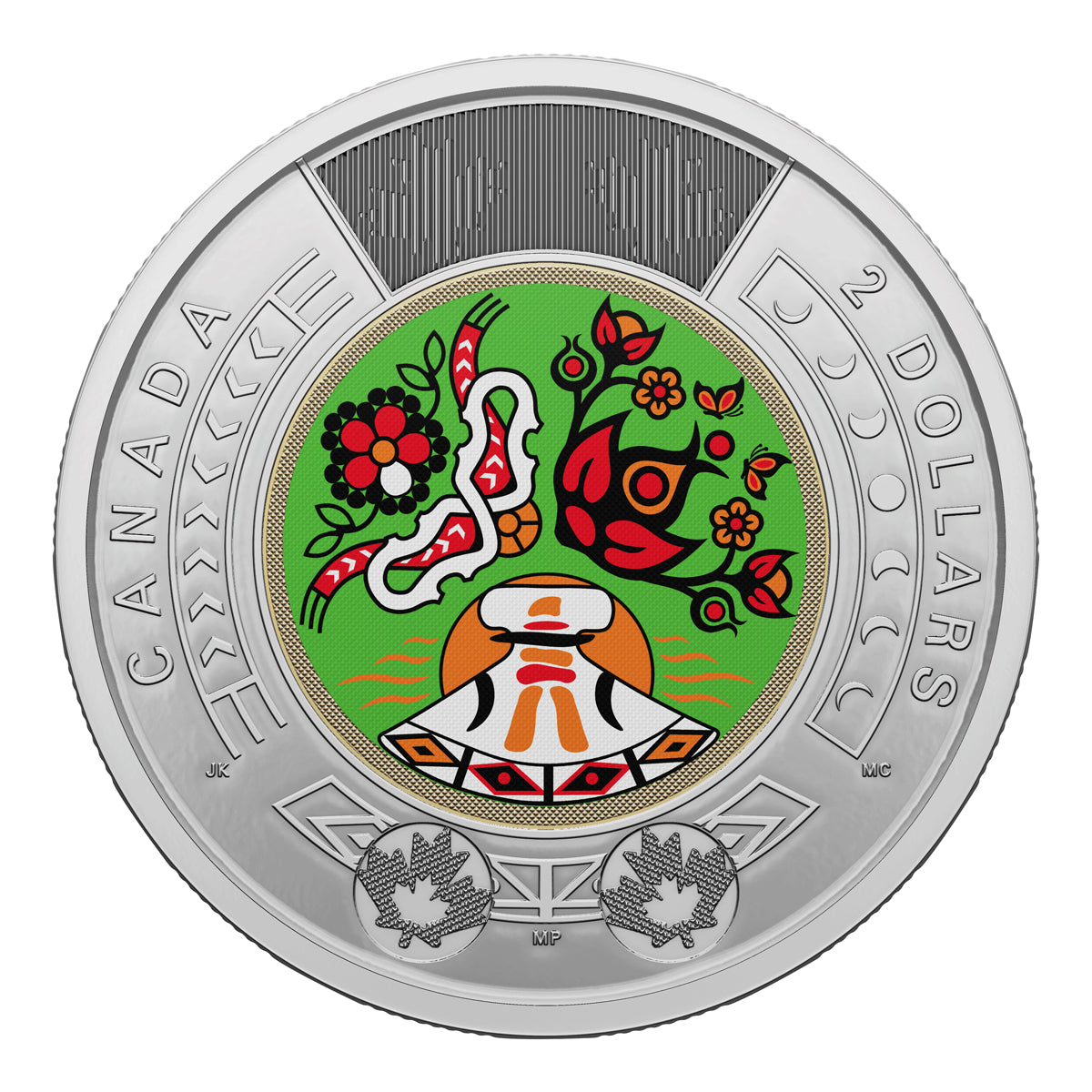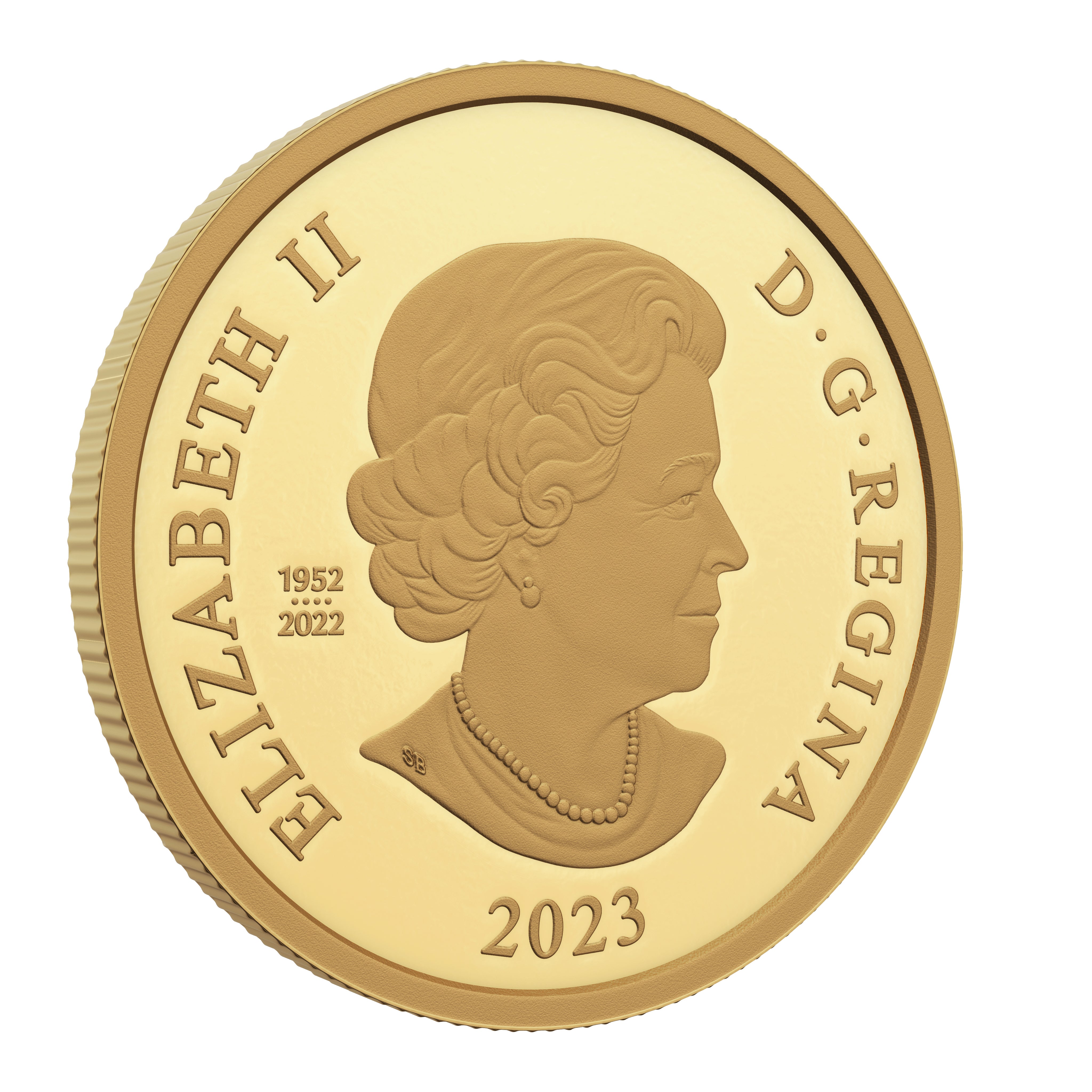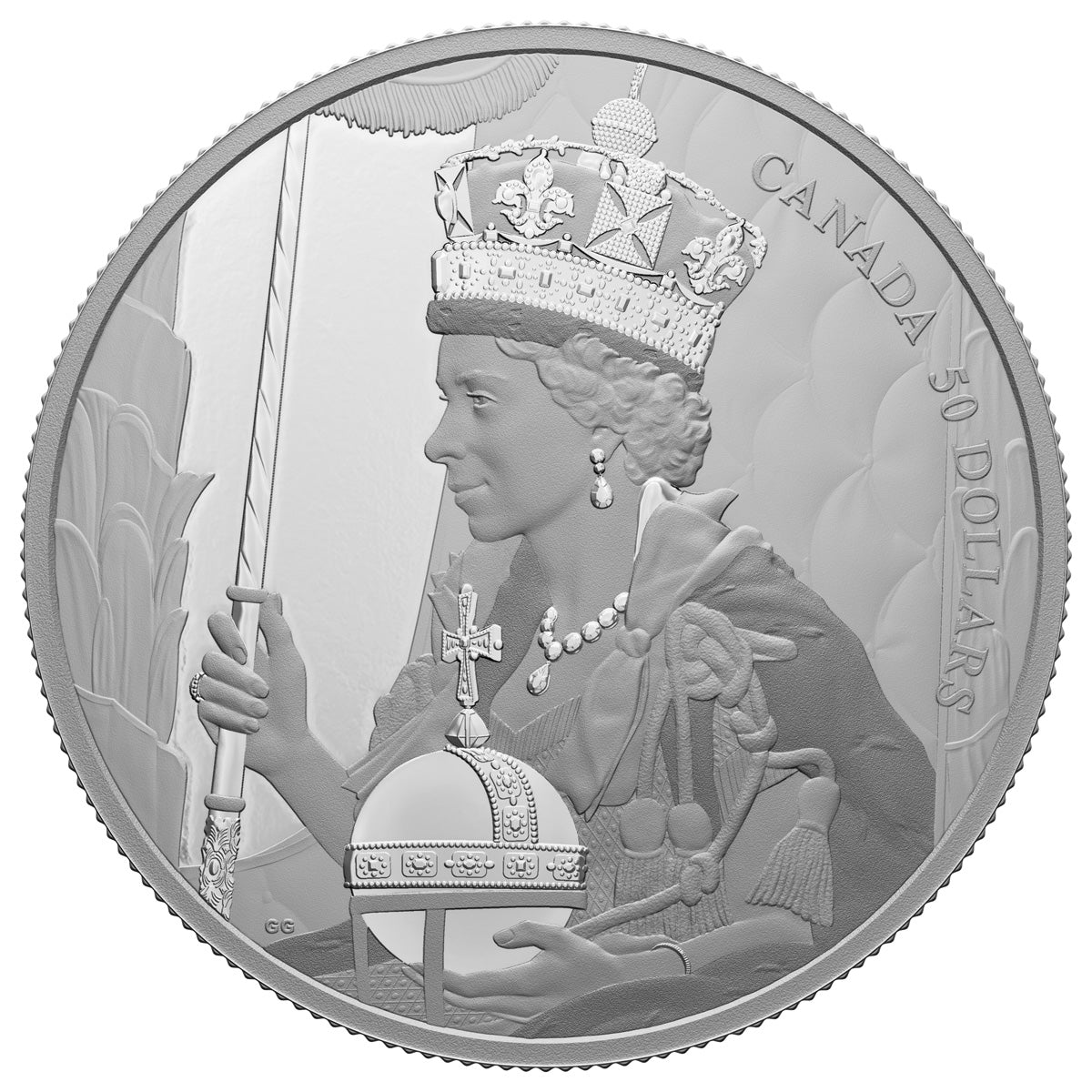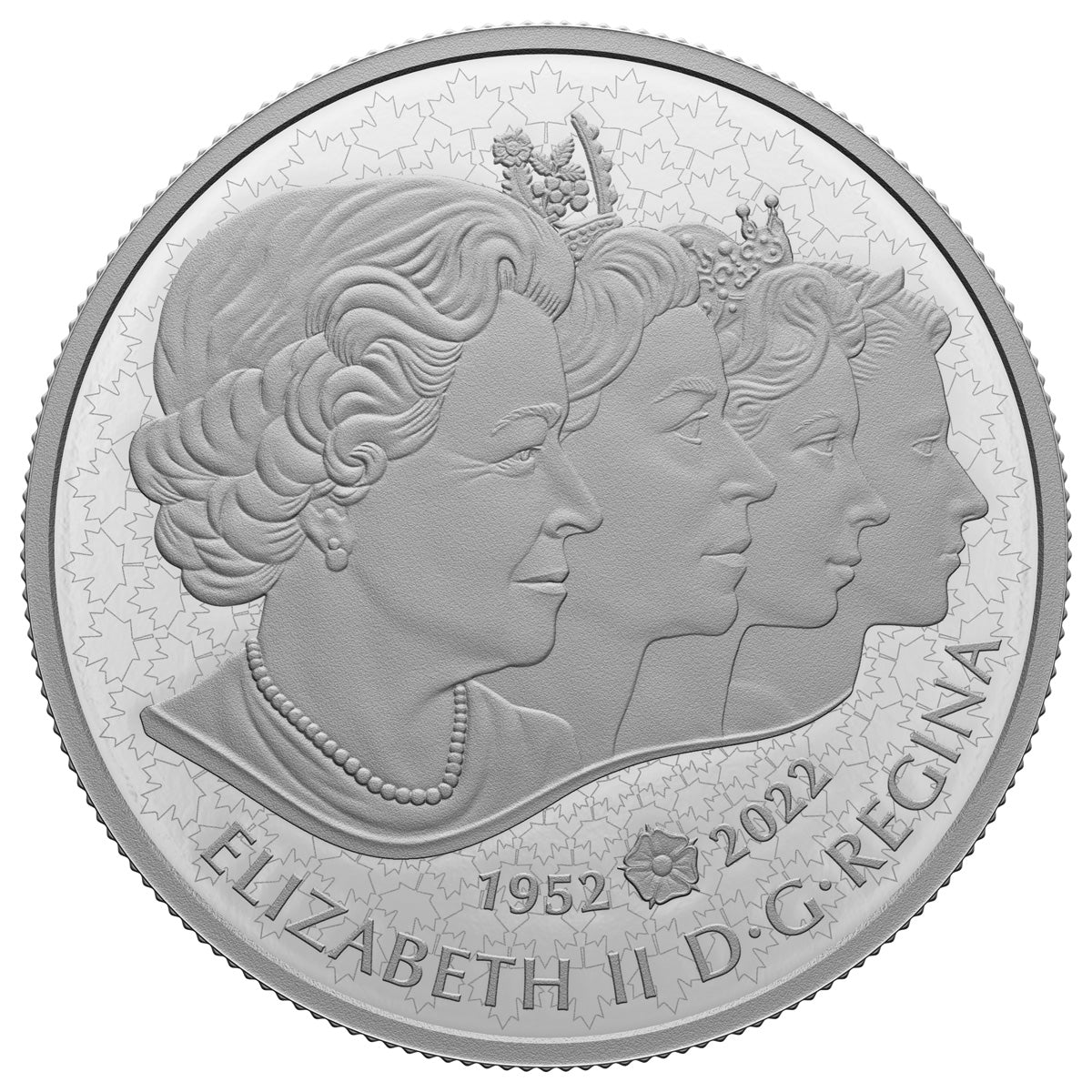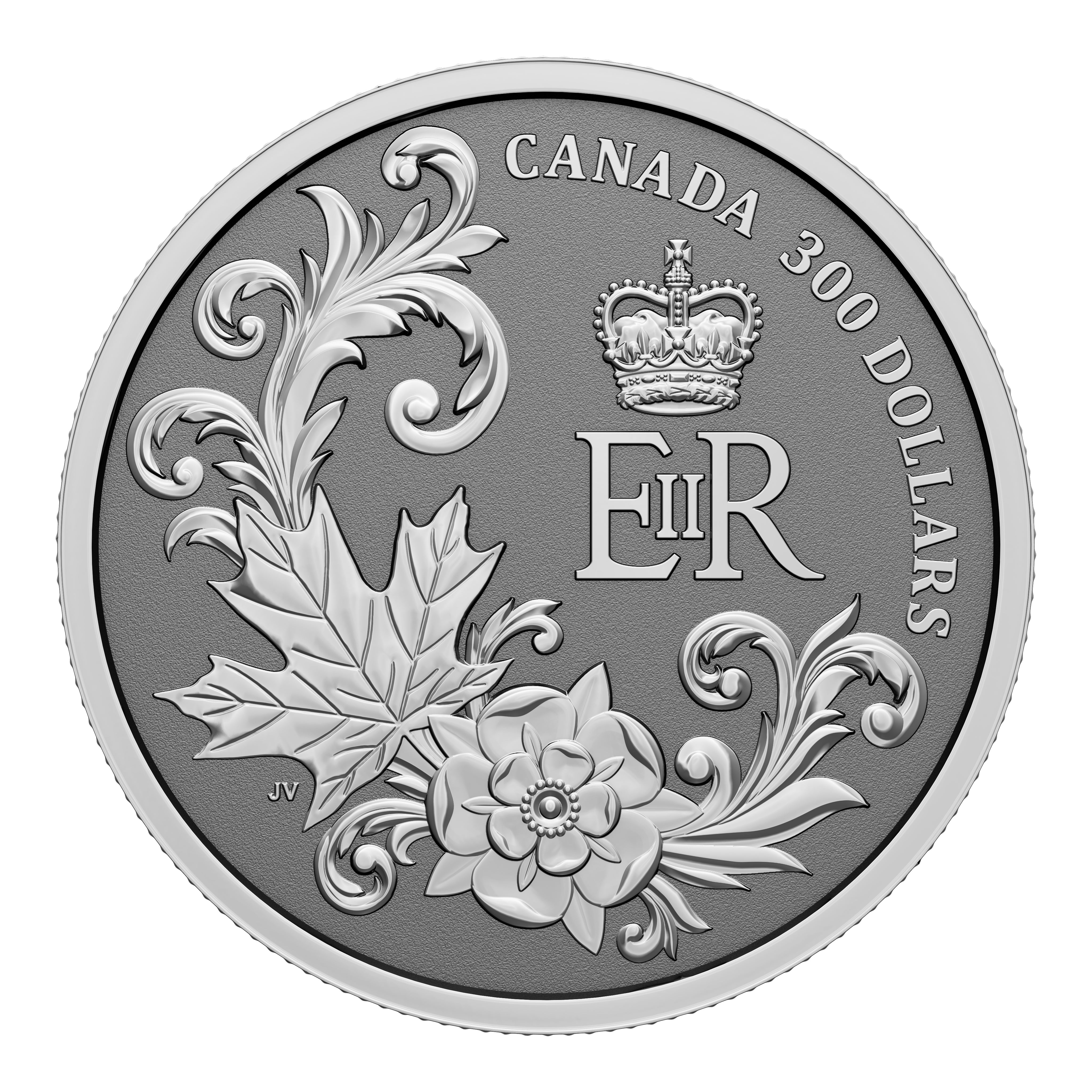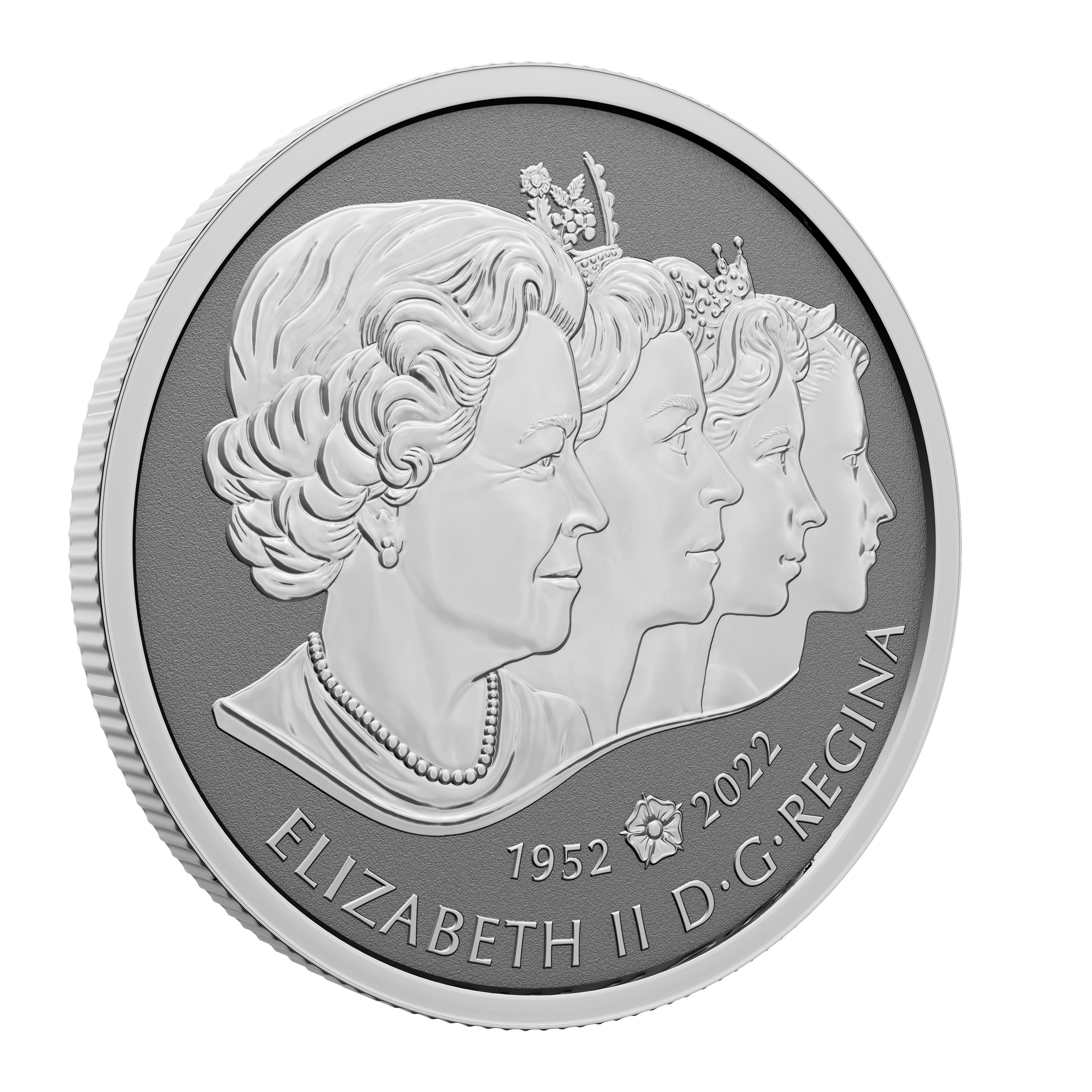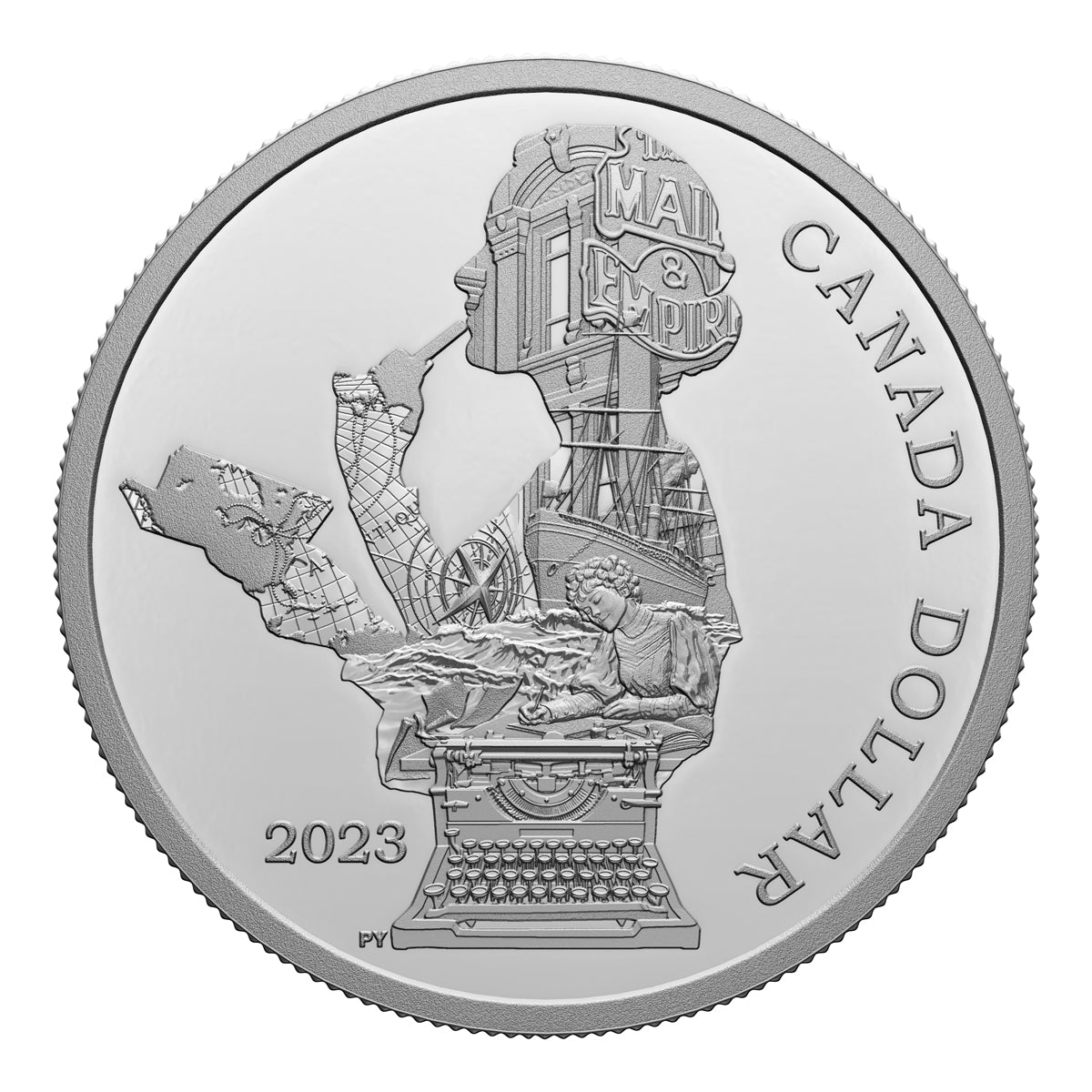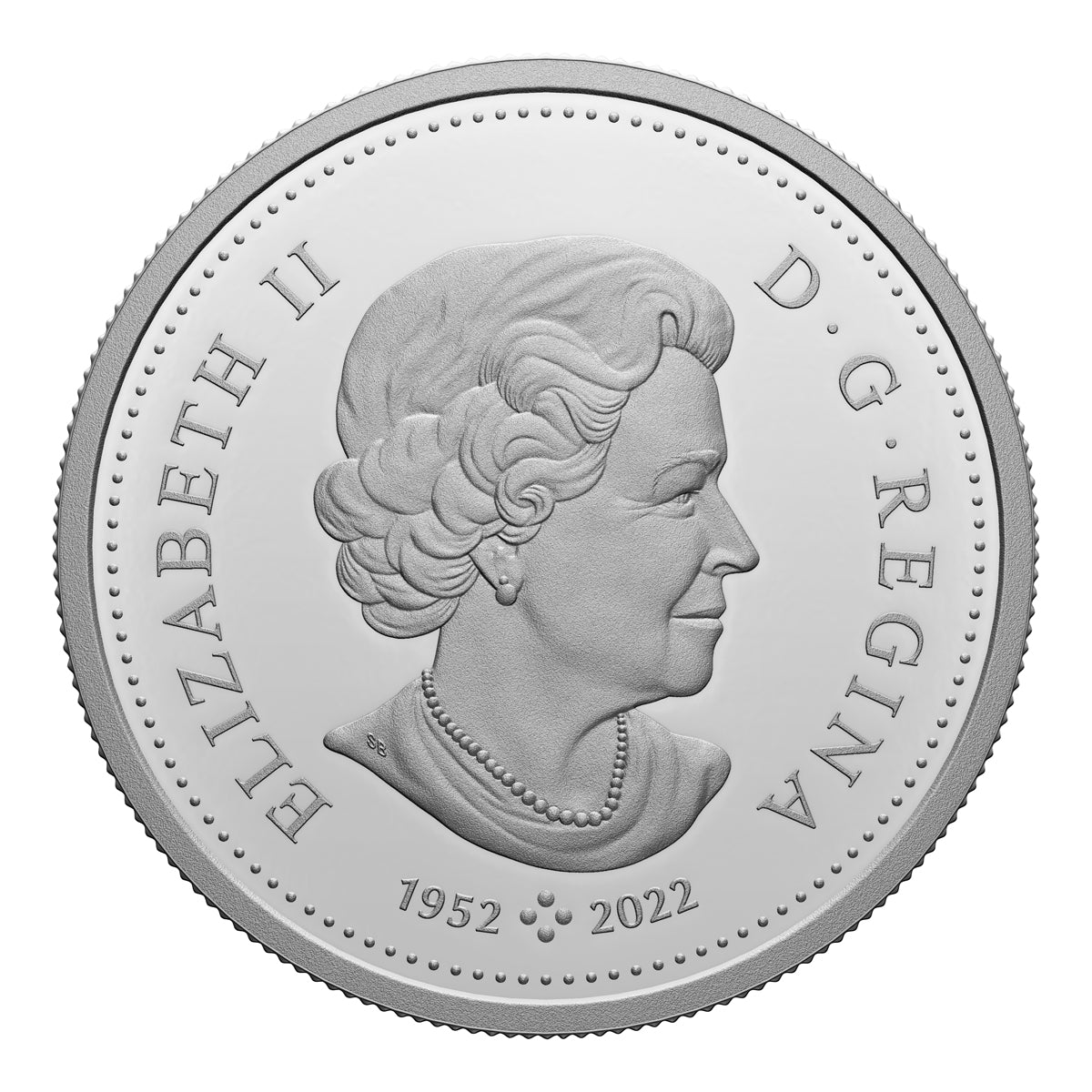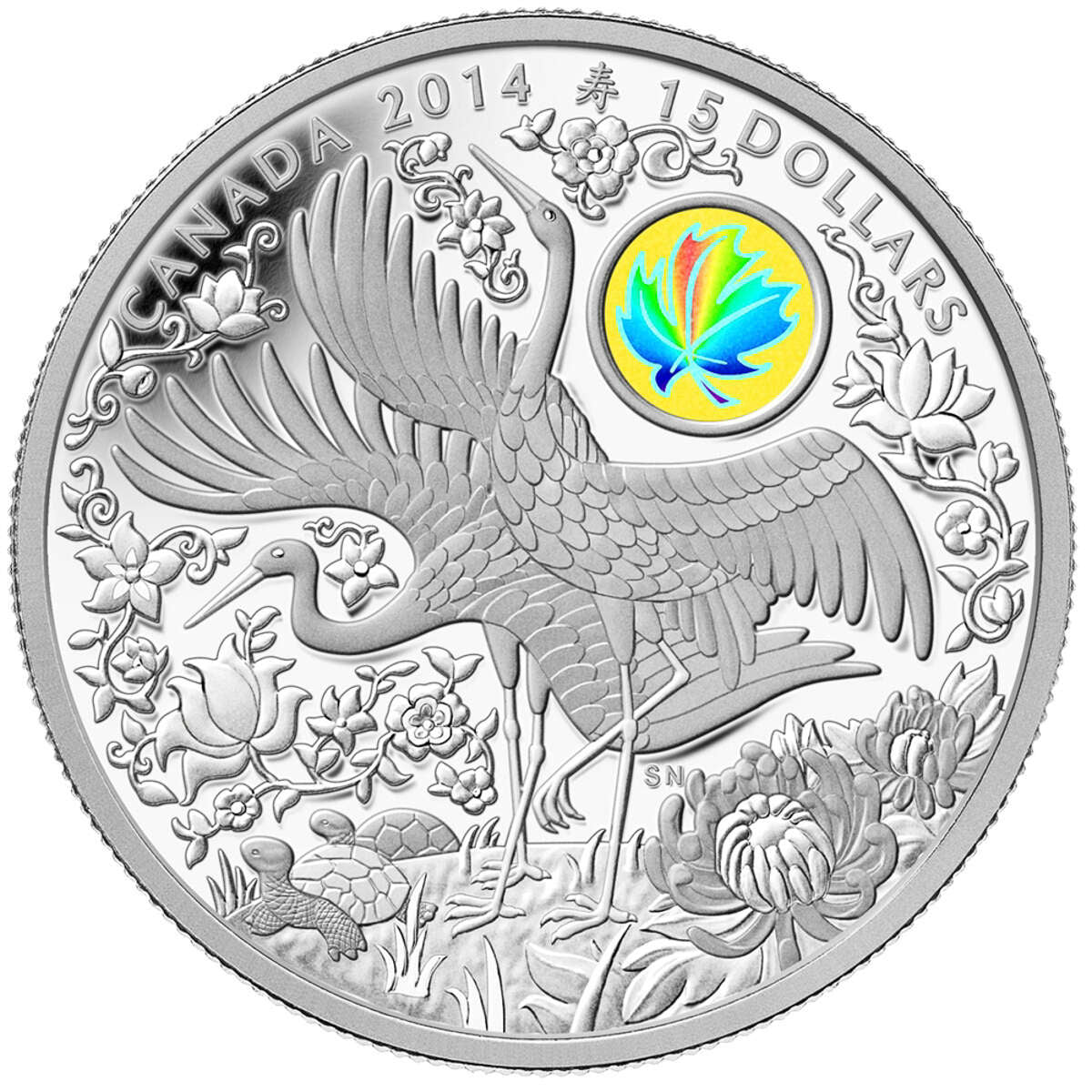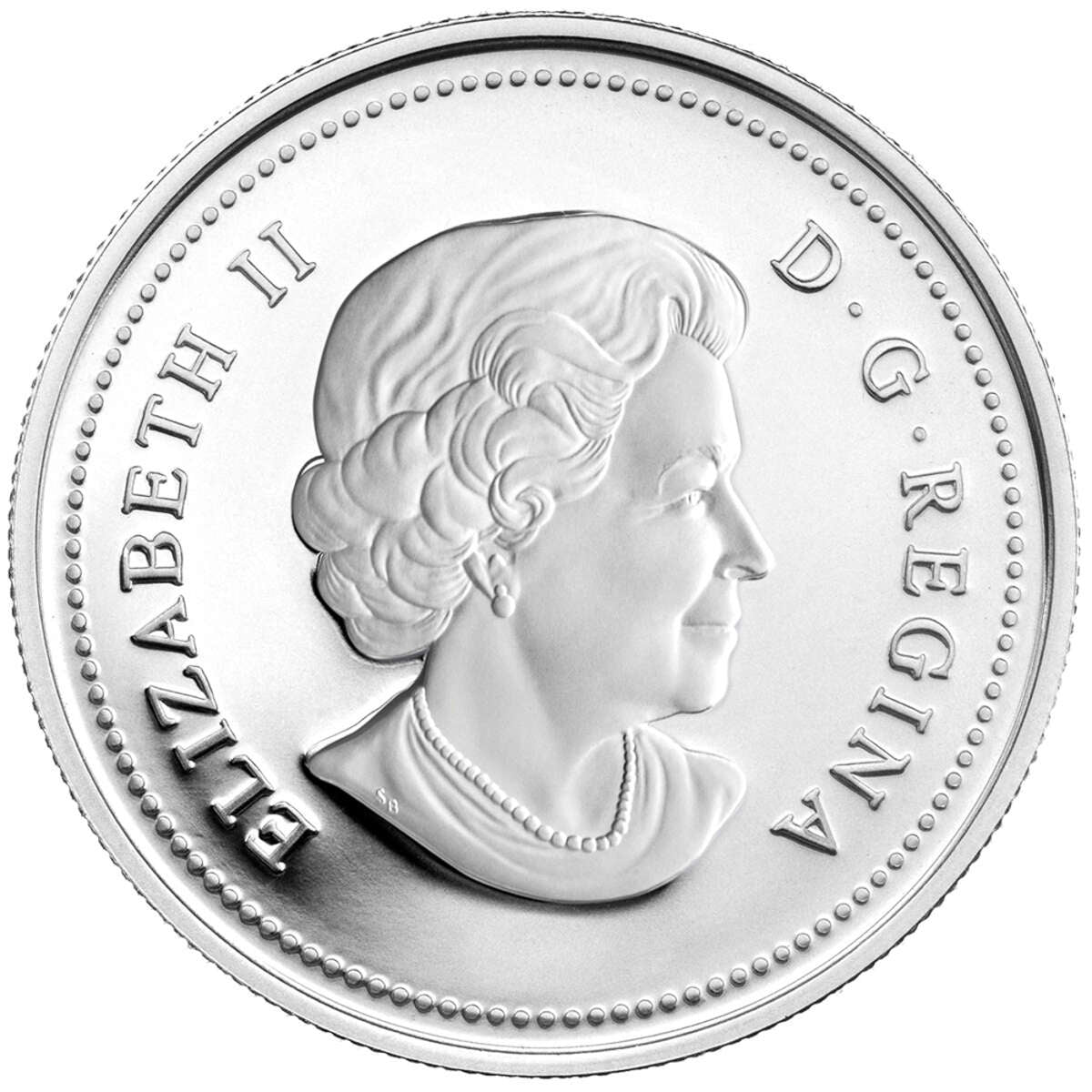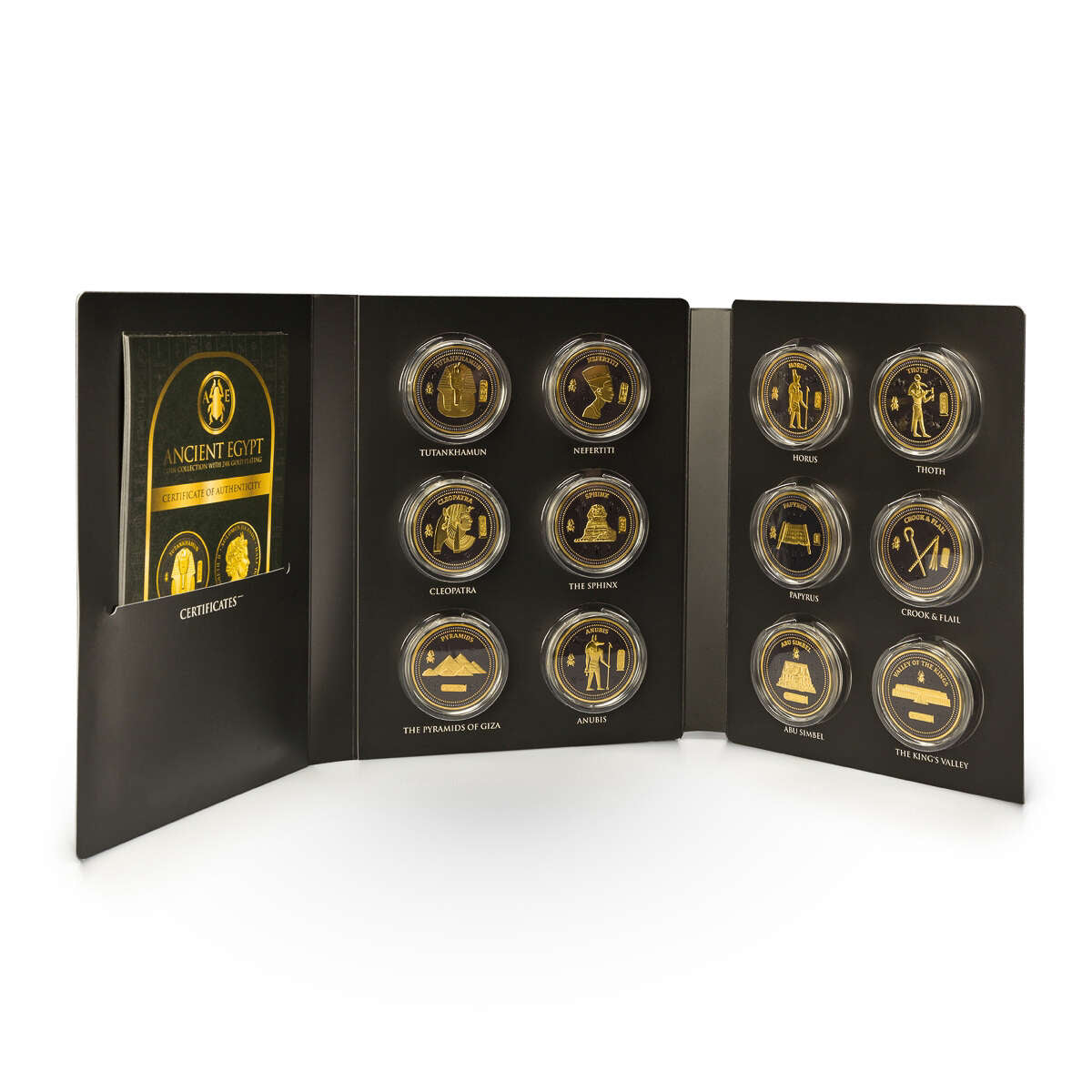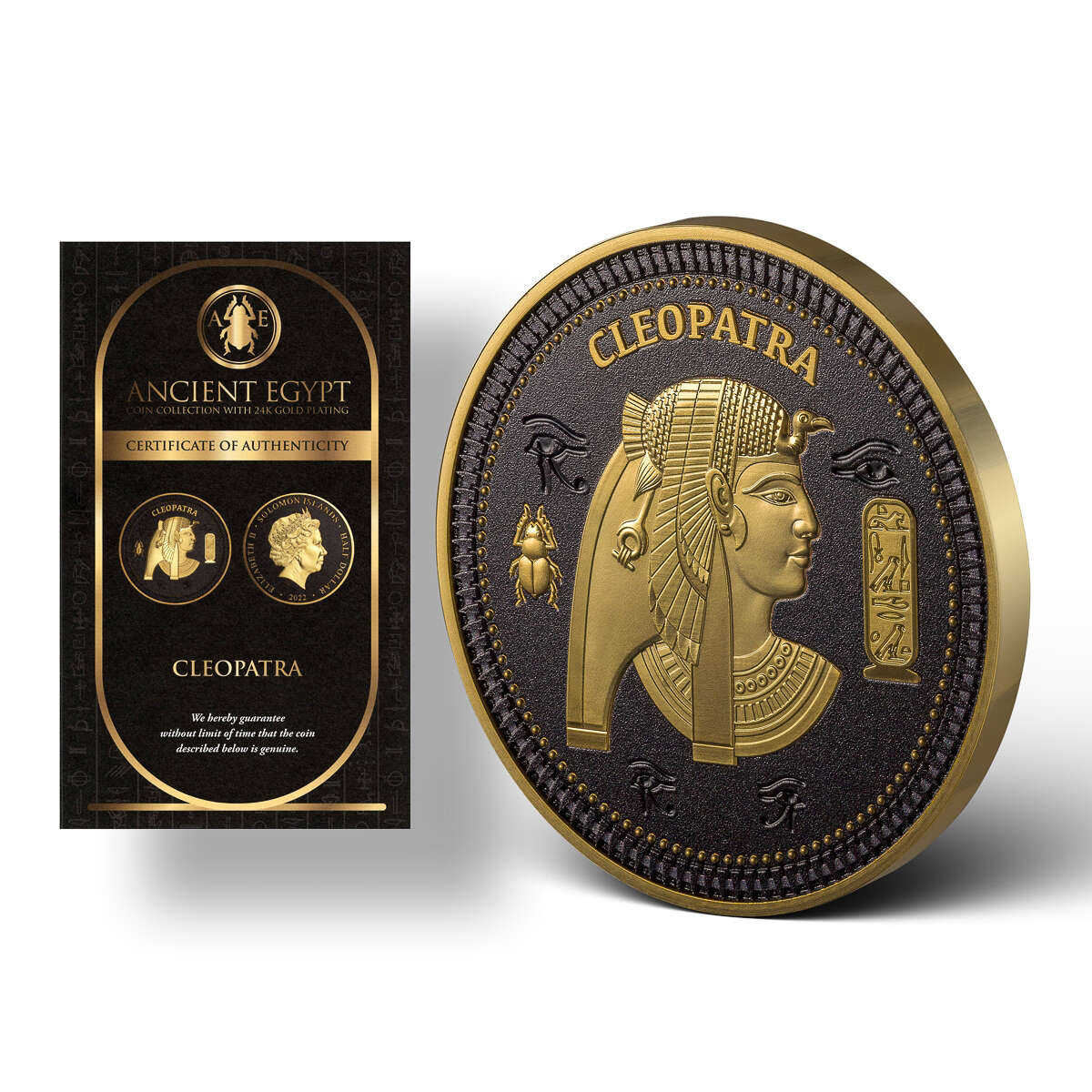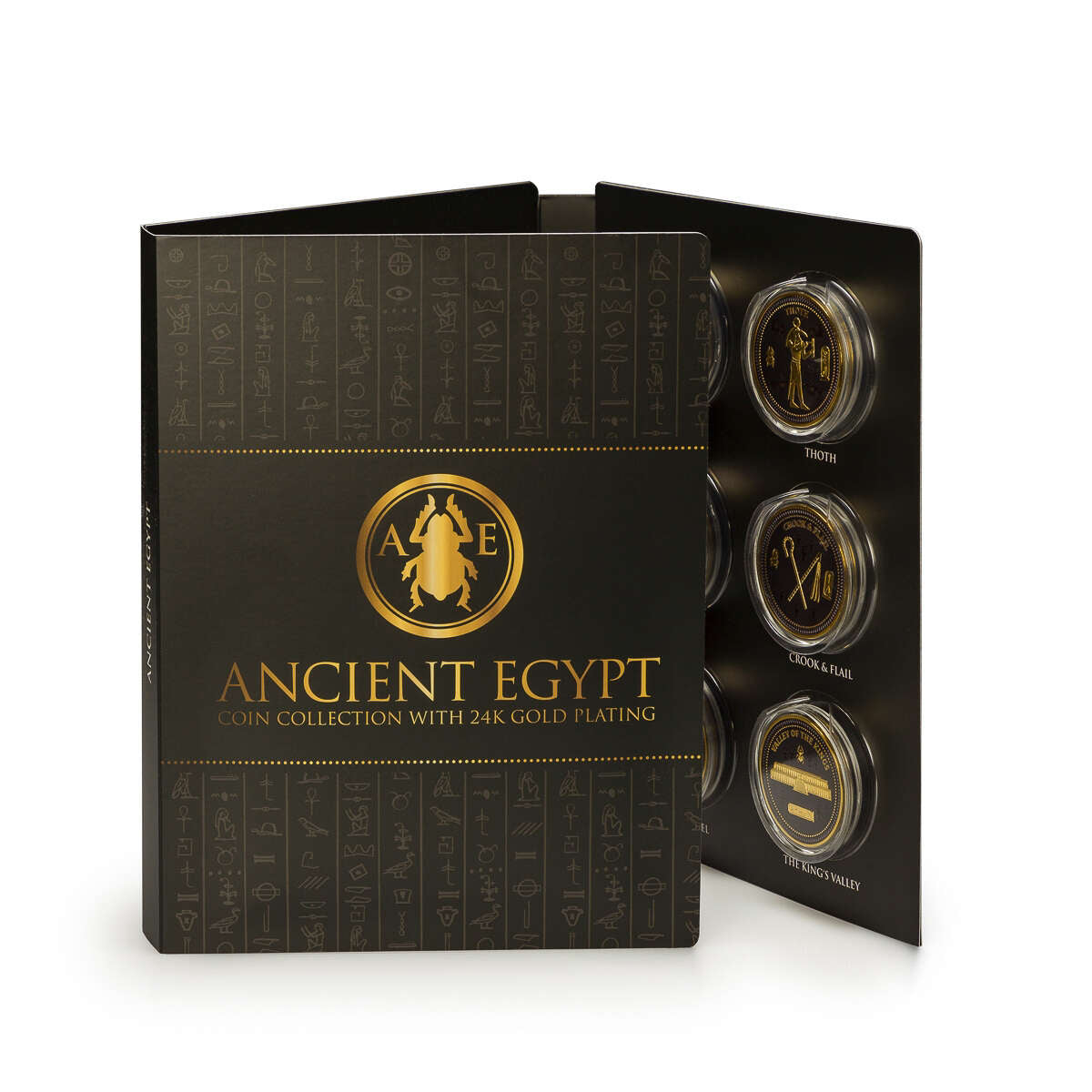Description
Step back in time to the age of Ancient Egypt with this 12 piece legal tender coin collection issued to mark the 100th anniversary of the greatest archaeological discovery of the 20th century – the tomb of King Tutankhamun. The first coin features the golden mask of King Tut, while the other coins include iconic images of Cleopatra, Nefertiti, Thoth, Anubis, Horus, Abu Simbel, the Sphinx, the Valley of the Kings, Pyramids, Crook & Flail and Papyrus. Each coin has a large 45 mm diameter with a black patterned background and a selective 24 karat gold plated raised design. Mintage is limited to 15,000 of each coin, except for the King Tut coin which has a mintage of 30,000.
The Design:
Each motif features a scarab as a collection privy mark, the motifs’ title in hieroglyphic writing and well-known Ancient Egyptian symbols as background elements. The coins are all part of a limited edition and are issued by Solomon Islands with a half dollar nominal face value.
Tutankhamun:
For more than 3,000 years, Egyptian Pharoah Tutankhamun lay undisturbed until on a late November day in 1922 when British archaeologist Howard Carter and his sponsor Lord Carnarvon entered the tomb of the “Boy Pharaoh.” There they discovered the tomb miraculously intact. The Egyptologists found thousands of artifacts, the most splendid of which was a stone sarcophagus containing three coffins nested within each other. Inside the final coffin, which was made out of solid gold, was Tutankhamun’s mummy upon which rested a magnificent life-size gold mask of “King Tut” himself. Today, the Mask of Tutankhamun is one of the world’s most recognizable works of art and arguably the most prominent symbol of ancient Egypt.
Details
You may also like
